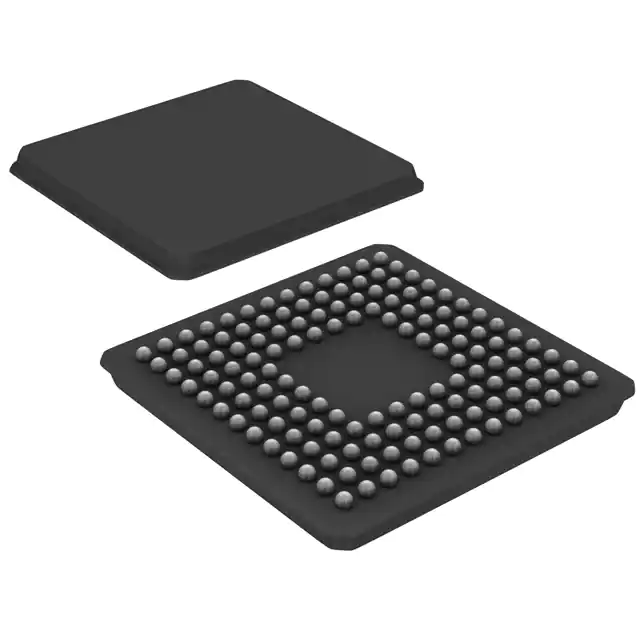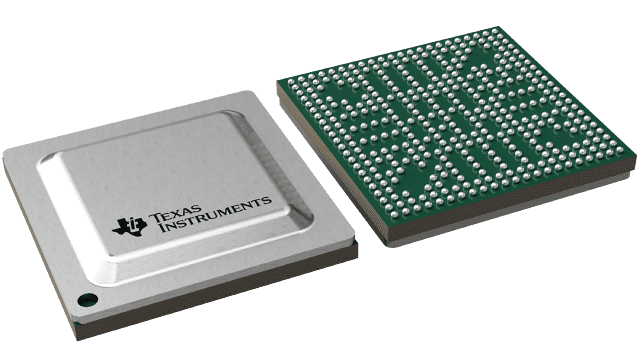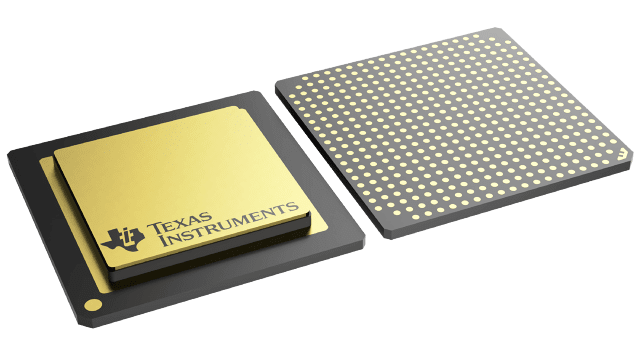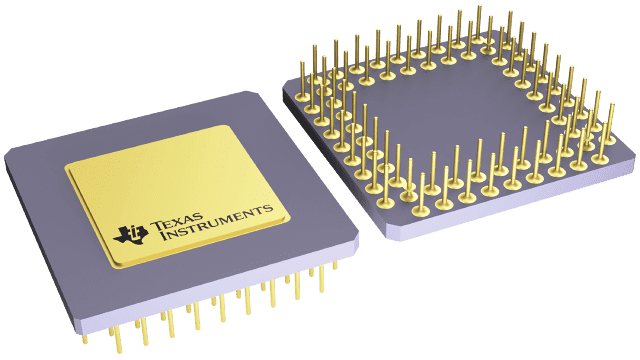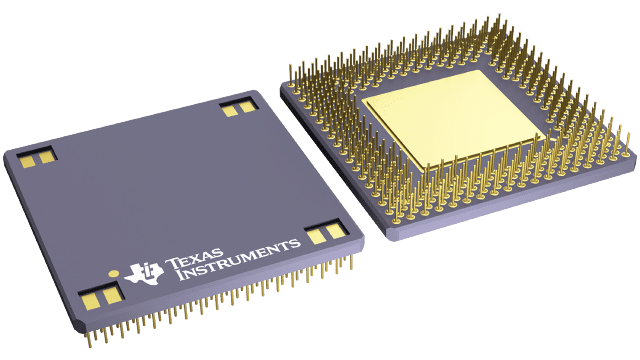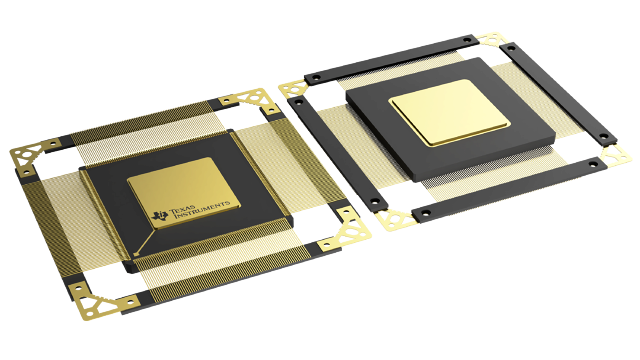Images are for reference only , Please refer to the product datasheet
DRA783BRJABFQ1
SoC processor w/ 2x 750 MHz C66x DSP and 2 dual Arm Cortex-M4 for audio amplifier
Manufacturer:
Manufacturer NO:
DRA783BRJABFQ1
copy
Product SN:
10442-DRA783BRJABFQ1
copy
Package/Case:
-
copy
Manufacturer Lead Time:
-
copy
Datasheet:
Detailed Descripition:
-
copy
Product Application Field:None
Product Application Field:None
Documents & Media
Datasheets PDF DRA783BRJABFQ1 Datasheet PDF
Product Description
- Architecture designed for infotainment applications
- Up to 2 C66x floating-point VLIW DSP
- Fully object-code compatible with C67x and C64x+
- Up to thirty-two 16 × 16-bit fixed-point multiplies per cycle
- Up to 512kB of on-chip L3 RAM
- Level 3 (L3) and Level 4 (L4) interconnects
- Memory Interface (EMIF) module
- Supports DDR3/DDR3L up to DDR-1066
- Supports DDR2 up to DDR-800
- Up to 2GB supported
- Dual Arm® Cortex®-M4 (IPU)
- Vision accelerationPac
- Embedded Vision Engine (EVE)
- Display subsystem
- Display controller with DMA engine
- CVIDEO / SD-DAC TV analog composite output
- On-chip temperature sensor that is capable of generating temperature alerts
- General-Purpose Memory Controller (GPMC)
- Enhanced Direct Memory Access (EDMA) controller
- 3-port (2 external) Gigabit Ethernet (GMAC) switch
- Controller Area Network (DCAN) module
- CAN 2.0B protocol
- Modular Controller Area Network (MCAN) module
- CAN 2.0B protocol
- Eight 32-bit general-purpose timers
- Three configurable UART modules
- Four Multichannel Serial Peripheral Interfaces (McSPI)
- Quad SPI interface
- Two Inter-Integrated Circuit (I2C™) ports
- Three Multichannel Audio Serial Port (McASP) modules
- Secure Digital Input Output Interface (SDIO)
- Up to 126 General-Purpose I/O (GPIO) pins
- Power, reset, and clock management
- On-chip debug with CTools technology
- Automotive AEC-Q100 qualified
- 15 × 15 mm, 0.65-mm pitch, 367-pin PBGA (ABF)
- Five instances of Real-Time Interrupt (RTI) modules that can be used as watch dog timers
- 8-channel 10-bit ADC
- PWMSS
- Video and image processing support
- Full-HD video (1920 × 1080p, 60 fps)
- Video input and video output
- GPIOs when not used for video
- Video Input Port (VIP) module
- Support for up to 4 multiplexed input ports
0 In Stock
Finding Goods Through Sales
Want the lower wholesale price? Please send RFQ, we will respond immediately
Product price
No prices available at the moment
For more DRA783BRJABFQ1 prices, contact customer service to get a discount!
You May Also Like
0 In Stock
Finding Goods Through Sales
Want the lower wholesale price? Please send RFQ, we will respond immediately
Product price
No prices available at the moment
For more DRA783BRJABFQ1 prices, contact customer service to get a discount!
Home
Chat
Compare
Add To RFQ



